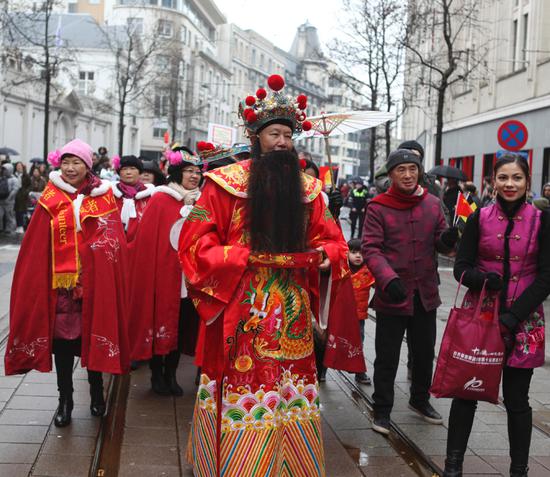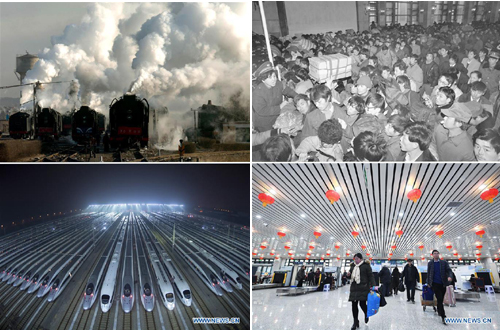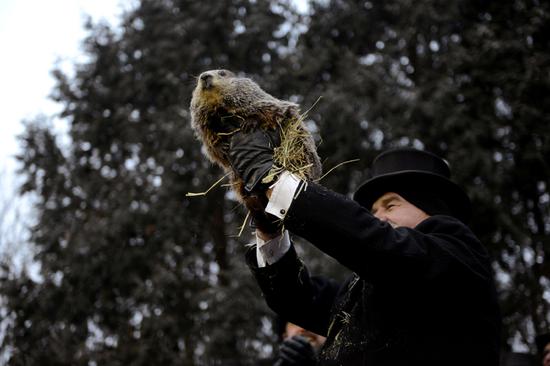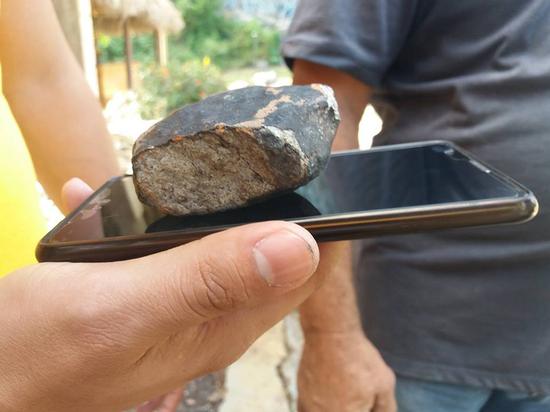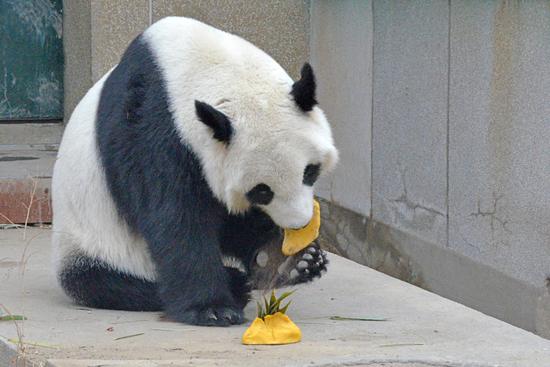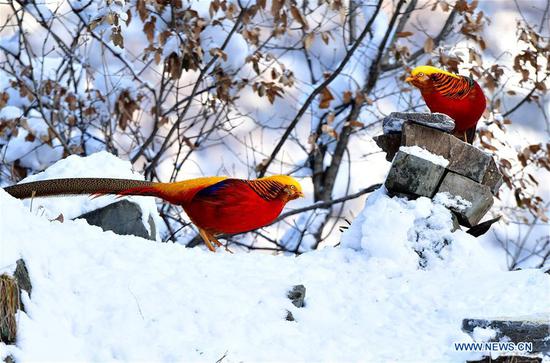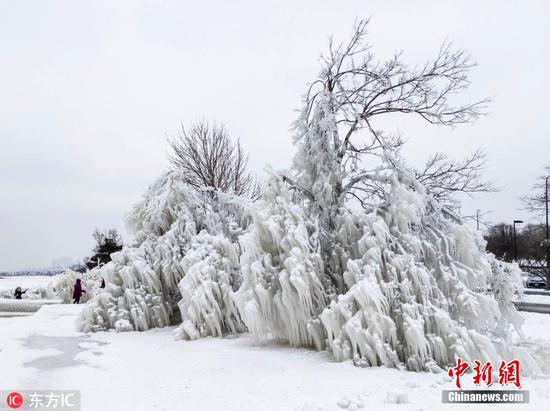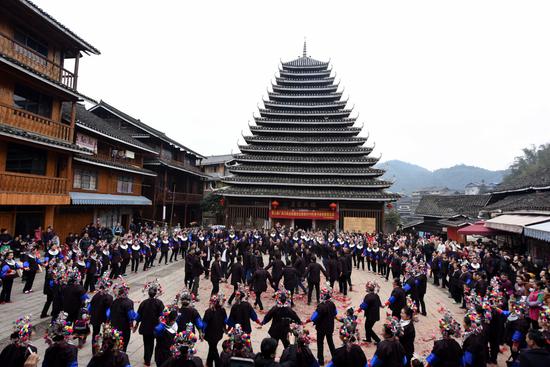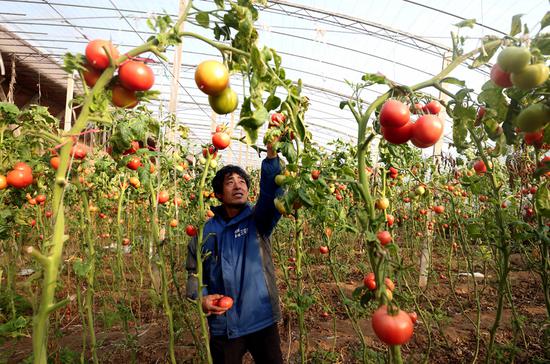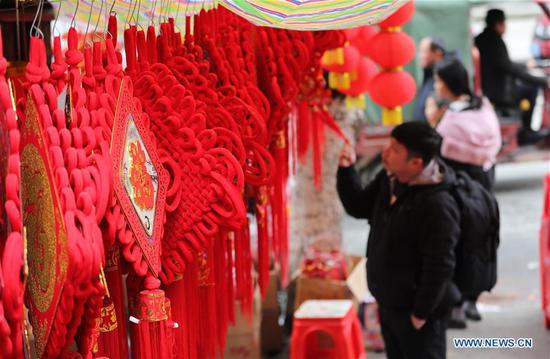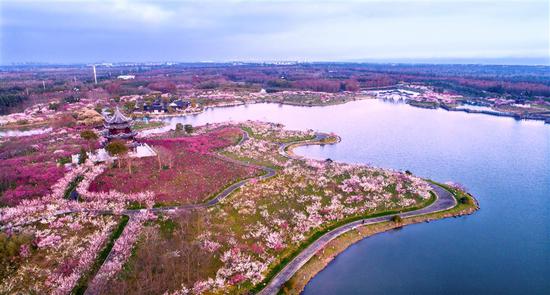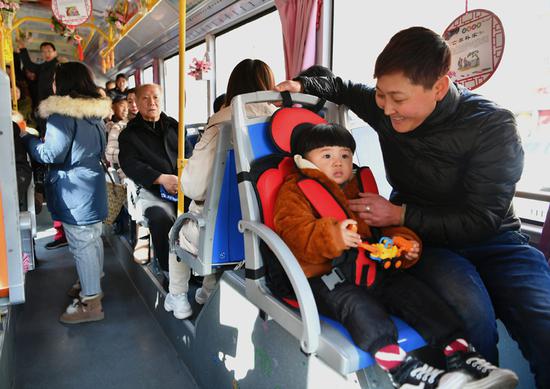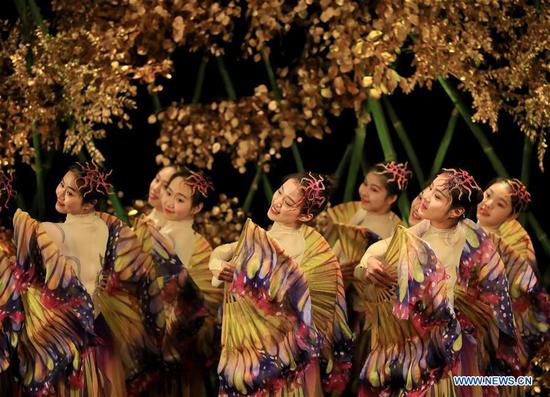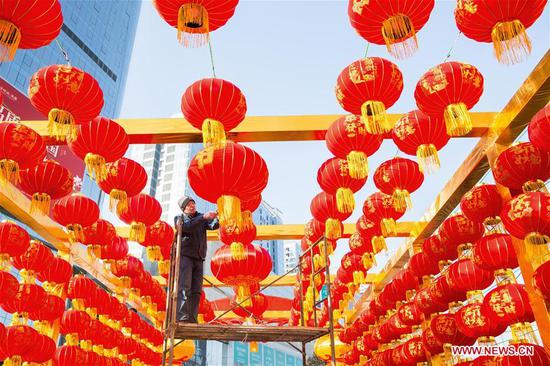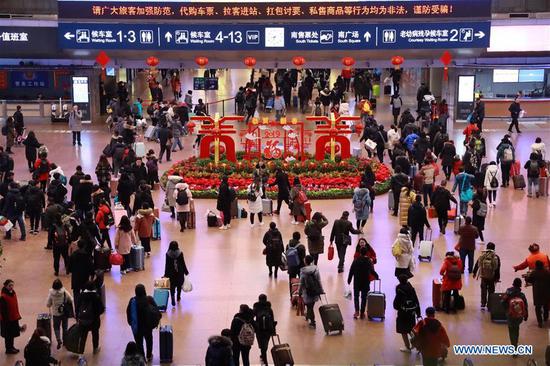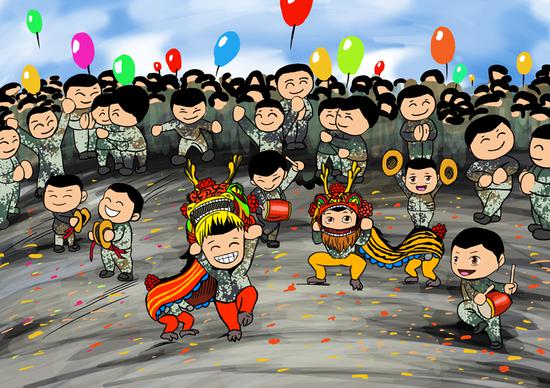
A short-track speeding skating race is held in Beijing, Jan. 12, 2019. (Photo/China News Service)
Upbeat as the deputy director of China's Winter Sports Administrative Center Ding Dong typically is, he had no idea that the country's first Winter Sports Festival would be such a big success.
The Beijing Exhibition Hall, which hosted the three-day event late last December, was flooded with over 14,000 visitors on its opening day, almost twice the number that the organizers had expected.
"I've been very optimistic about the promotion of winter sports in our country, but I am still shocked from time to time by the enthusiasm of ordinary Chinese people," Ding said.
AMBITIOUS PLAN
Trusted with the 2022 Winter Olympic Games by the International Olympic Committee in 2015, the Chinese capital of Beijing will spearhead a plan to encourage 300 million people of the world's most populous country to get involved in winter sports.
This is no easy job for China, which has a population of more than 1.3 billion people.
While China's warm half, comprised of most areas south of the Yangtse River, had few traditions of skating and skiing in the past due to climate, winter sports were not very popular even in the colder north because of the high cost associated.
"After Beijing won its bid to host the 2022 Olympic Winter Games, things began to change," Ma Yuquan, head of the Yanqing District Sports Bureau, told Xinhua two years ago.
Yanqing District in north Beijing is where the 2008 Beijing Olympic Games cycling competitions were staged. This is also where some of the skiing programs of the 2022 Olympic and Paralympic Winter Games are to be held.
"The Winter Olympics will definitely fuel people's enthusiasm in sports," Ma said.
"The 2008 Beijing Olympics inspired many Chinese to get involved in physical exercise. The venue of the cycling competitions was in Yanqing. Now the district is home to more than 10,000 cyclists. That is the legacy of the Olympics," he added.
Yanqing students from primary and middle schools began learning skiing and skating during their sports class in 2014. In 2016, about 8,000 students were included in the project.
With the "300m people involved in winter sports" plan, at least one-fifth of the country's population could benefit from the sports gala under the Olympic rings.
China plans to have more than 2,000 schools featuring winter sports prominently by the year 2020, and over 5,000 by the year 2025.
And according to a five-year tourism plan (2016-2020) released by China's State Council, winter sports tourism has been listed as an important part of the country's ambitions to raise tourism revenues to seven trillion yuan (about one trillion U.S. dollars) by 2020.









